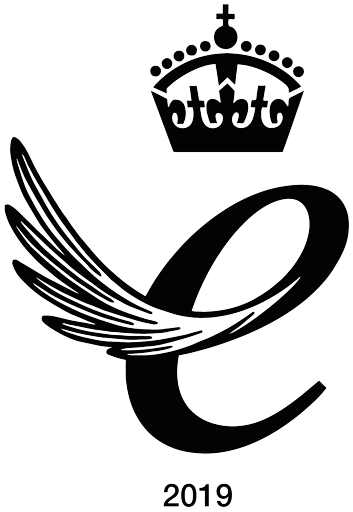In 2015 e-commerce retail sales amounted to in excess of US$1.97 trillion and accounted for 7.4% of retail sales. These figures are set to rise to US$ 3.57 trillion and 12.8%. The rise of retail e-commerce, and online markets and retailers, has brought the consumers many advantages but by blurring national boundaries and providing infringers with anonymity they have presented brand owners with big challenges in relation to:
1. Counterfeit goods;
2. Grey market trading, genuine goods sold outside the brand owners authorized networks;
3. The distribution of factory overruns;
4. Trademark; and
5. Copyright infringement in relation to the unauthorized use of the images of genuine branded goods.
The exact value of counterfeit goods sold on line is difficult to gauge but in 2015 organisations such as the FBI, Interpol, the World Customs organisation and the International Chamber of Commerce estimated that counterfeit goods accounted for 7-8% of the total goods traded and cost brand owners US$ 512 trillion in lost sales.
Brand owners and their managers are often failing to take action because they believe:
1. It is not their problem,
2. The problem is too big to be solved by them 3. It needs coordinated international action involving Governments, Law Enforcement agencies and Brand owners
Like all big problems these can be addressed in small steps. The brand owner, and their brand managers, can combat these threats by a combination of preventative measures and active legal enforcement measures.
Preventative measures centre around a robust IP strategy that will make infringers look for easier targets.
This will include:
1. Registering Trademarks and other relevant IP registrations are in place.
2. Have a robust IP protection statement and make it available on-line, use trademark and copyright notices
3. Monitor auction sites for unauthorised use of trademarks or product names
4. Collect data to build a picture of the scale of the problem, jurisdictions and channels used by infringers. Use external consultants such Today Advisory Board to help build this picture.
5. Engage with the public and consumers by making them aware of the dangers posed by infringing products and your retail channels.
6. Engage with law enforcement authorities such as Customs, the Police and national Consumer Protection bodies
7. Act swiftly by having an infringement policy in place and standard takedown letters and associated evidence ready.
8. Work closely the trade bodies, online retailers and auction sites.
9. Understand the online retailers and auction sites policies on the sale of infringing products and help shape these.
10. Use technology to make the packaging and labelling difficult to copy and to trace goods once in the distribution chain.
11. Consider reporting the IP infringement to the police by making a referral to the Police Intellectual Property Crime Unit (PIPCU)
Legal steps include:
1. Taking action against the online retailer or auction site: This has the advantage of eliminating the need to identify the individual infringers. The online sites will have deeper pockets than individual infringers. However, success will be dependent on the site’s infringement policy and the degree to which they were complicit in the infringement. Also, it will create difficult future relations with key strategic partners.
2. The brand owner can seek injunctions preventing the sale of infringing products but the steps sought must:
a. Be proportionate;
b. Not too costly; and
c. Not impede legal international trade
All of these preventative measures and legal steps are equally appropriate to grey market goods and factory overruns.
Strength in Numbers
When you want to protect your brand and IP, it’s important to remember there are many others out there with the same desire. The formation of strong alliances is an effective and efficient way to fight IP theft. FACT (the Federation Against Copyright Theft) was established in 1983 and is a partnership between the biggest names in film and TV. Their innovative and proactive work to deter, pursue and prosecute IP thieves has made them the world leader in their sector. To learn how the FACT partnership works visit their website http://www.fact-uk.org.uk/

